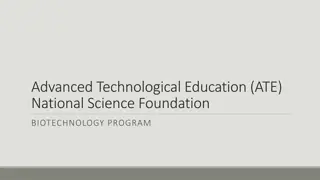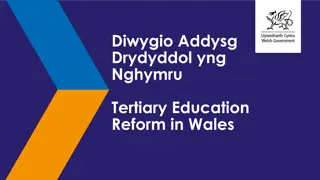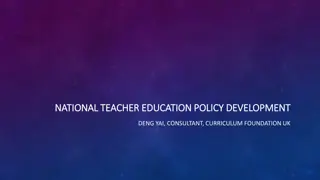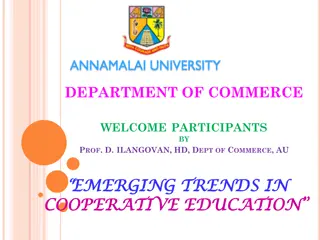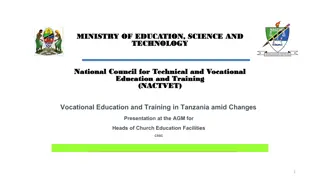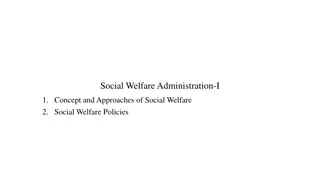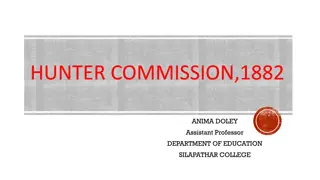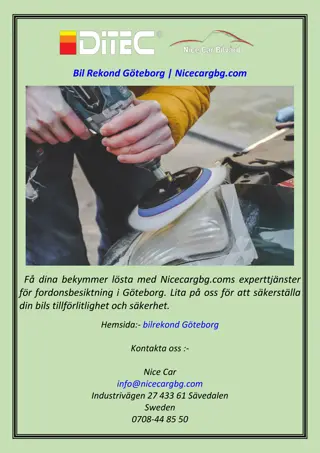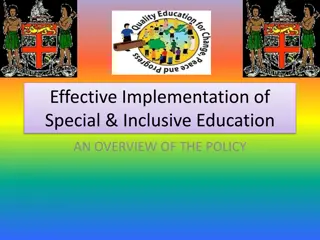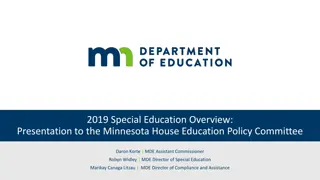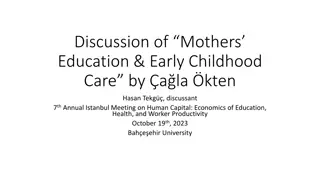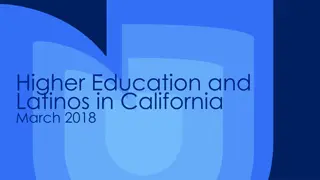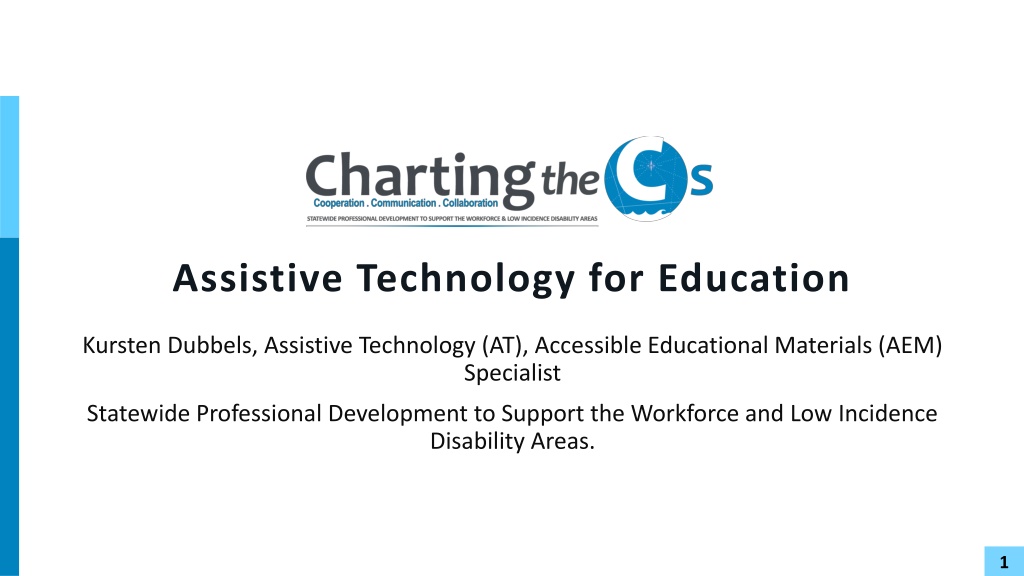
Understanding Assistive Technology in Education
Explore the concept of assistive technology (AT) in education, including definitions, devices, and services. Learn what makes an item assistive technology and how to identify AT items. Discover whether headphones and straws qualify as assistive technology based on certain criteria.
Download Presentation

Please find below an Image/Link to download the presentation.
The content on the website is provided AS IS for your information and personal use only. It may not be sold, licensed, or shared on other websites without obtaining consent from the author. If you encounter any issues during the download, it is possible that the publisher has removed the file from their server.
You are allowed to download the files provided on this website for personal or commercial use, subject to the condition that they are used lawfully. All files are the property of their respective owners.
The content on the website is provided AS IS for your information and personal use only. It may not be sold, licensed, or shared on other websites without obtaining consent from the author.
E N D
Presentation Transcript
Assistive Technology for Education Kursten Dubbels, Assistive Technology (AT), Accessible Educational Materials (AEM) Specialist Statewide Professional Development to Support the Workforce and Low Incidence Disability Areas. 1
What is assistive technology (AT)? The Individuals with Disabilities Education Act (IDEA) includes the definition of assistive technology. 34 CFR (Code of Federal Regulations) (section) 300.5 Assistive technology device. AND 34 CFR (Code of Federal Regulations) (section) 300.5 Assistive technology services. 2
Assistive Technology Device Assistive technology device means any item, piece of equipment, or product system, whether acquired commercially off the shelf, modified, or customized, that is used to increase, maintain, or improve the functional capabilities of a child with a disability. 3
Assistive Technology Service Assistive technology service means any service that directly assists a child with a disability in the selection, acquisition, or use of an assistive technology device. (Authority: 20 U.S.C. (United States Code) 1401(1)) 4
What Makes an Item Assistive Technology? 1. An item, piece of equipment or product system. 2. Used to increase, maintain or improve the functional capabilities 3. Of a Person with a disability. 5
Can you identify Assistive Technology? I will share some items, and I want you to think if you would classify the item as assistive technology. Answer Options: It IS assistive technology (AT) It IS NOT assistive technology (AT) IT DEPENDS on additional information to determine if it is assistive technology (AT) 6
Are headphones AT? Would you change your answer if I told you the headphones were noise cancelling? 7
Are straws AT? Would you change your answer if I told you the straws did not bend? 8
IS ASL (American Sign Language) AT? Would you change your answer if I told you the ASL was generated by Artificial Intelligence (AI)? 9
Are eyeglasses AT? Would you change your answer if I told you the glasses were blue light blocking glasses? 10
Is a paper clip AT? Would you change your answer if I told you the paper clip was purchased at a local office supply store? 11
Is JAWS (Job Access with Speech) AT? Would you change your answer if I told you that the software was used by an accessibility specialist? 12
Assistive Technology Guidance from Office of Special Education Programs (OSEP) Released January 22, 2024 Dear Colleague Letter on the Provision of Assistive Technology Devices and Services Myths and Facts Surrounding Assistive Technology Devices and Services Document U.S. Department of Education 2024 National Education Technology Plan (NETP) Updates to the Guidance on Center on Inclusive Technology & Education Systems (CITES) 13
Guidance Regarding Consideration Assistive technology needs must be considered for Every Child who Qualifies for Special Education and Related Services. Assistive technology needs are considered when the IEP is developed, reviewed and/or revised. Consideration includes no/low tech devices to high-tech devices. When developing transition plans, assistive technology should be considered and provided as appropriate. 14
OSEP Guidance Regarding Consideration Continued This includes consideration services such as: Customizing and adapting the device. Training or technical assistance for the child and family as appropriate. Training or technical assistance for educational professionals or other individuals who are otherwise substantially involved in the major life functions of the child. 15
OSEP Guidance for Part C Assistive technology needs of the family to assist appropriately in the infant or toddlers development must be provided. Assistive technology must be considered when a toddler transitions from early intervention services to preschool even if there isn t assistive technology in their individual family service plan (IFSP). 16
OSEP Guidance: Assistive Technology Assessment AT assessment is not required. 17
OSEP Guidance: Assistive Technology Services Provision of an assistive technology device is not sufficient. Services that are necessary must also be provided. 18
OSEP Guidance: Assistive Technology Documentation Including the check box on an IEP form indicating that assistive technology has been considered is NOT sufficient. Education agencies are responsible for providing assistive technology written into the student s Individual Education Program (IEP). 19
Peer Reviewed Research on Accommodations National Center on Educational Outcomes (NCEO) Accommodations Toolkit 20
OSEP Guidance: Access to Assistive Technology Include access to assistive technology in academic and other environments to improve the student s use and ensure access throughout the day. On a case-by-case basis, the individual education plan team determines if assistive technology should be sent home to assure the student receives a free appropriate public education (FAPE). 21
OSEP Guidance: Procuring Assistive Technology Assistive technology devices must be provided as soon as possible. Assistive technology is identified and approved by the individual education program team. 22
OSEP Guidance: Definitions Assistive technology and accessible technology are not the same thing. Universal design for learning and accessible educational materials (AEM) are not the same thing. 23
OSEP Guidance Regarding Motivation and Efficacy DID NOT Receive Assistive Technology in K-12 Education Received Assistive Technology in K-12 Education 99.8% of students graduated. 79.6% of students graduated. 80.9% Attended a post-secondary education program. 40.1% Attended a post-secondary education program. From the National Longitudinal Transition Study2 (NLTS2) (2013). 24
Assistive Technology Technical Assistance and Lending Libraries Minnesota s Assistive Technology Act project, MN STAR (System of Technology to Achieve Results) provides technical assistance, device loans and demonstrations. Minnesota Resource Libraries (MNRL) includes resources that can be checked out by licensed teachers and related service providers working with Minnesota students who are Deaf/Hard of Hearing (DHH) and Blind/Visually Impaired (BVI) and/or Deaf-Blind. 25
Funding for Assistive Technology 1. Local special education funding. 2. Reimbursement from Medical Assistance including waiver programs. 3. Medical Assistance reimbursement monies above the cost of device(s) purchased. 26
Current activities available to help support Assistive Technology Implementation Assistive Technology Tuesday Professional Development Sessions 2023-2024 Asynchronous Professional Development Sessions 2022-2024 27
Closing Slide, Thank you! Kursten Dubbels, AT, AEM and UDL Specialist Kursten.Dubbels@state.mn.us 651-582-8562 28






